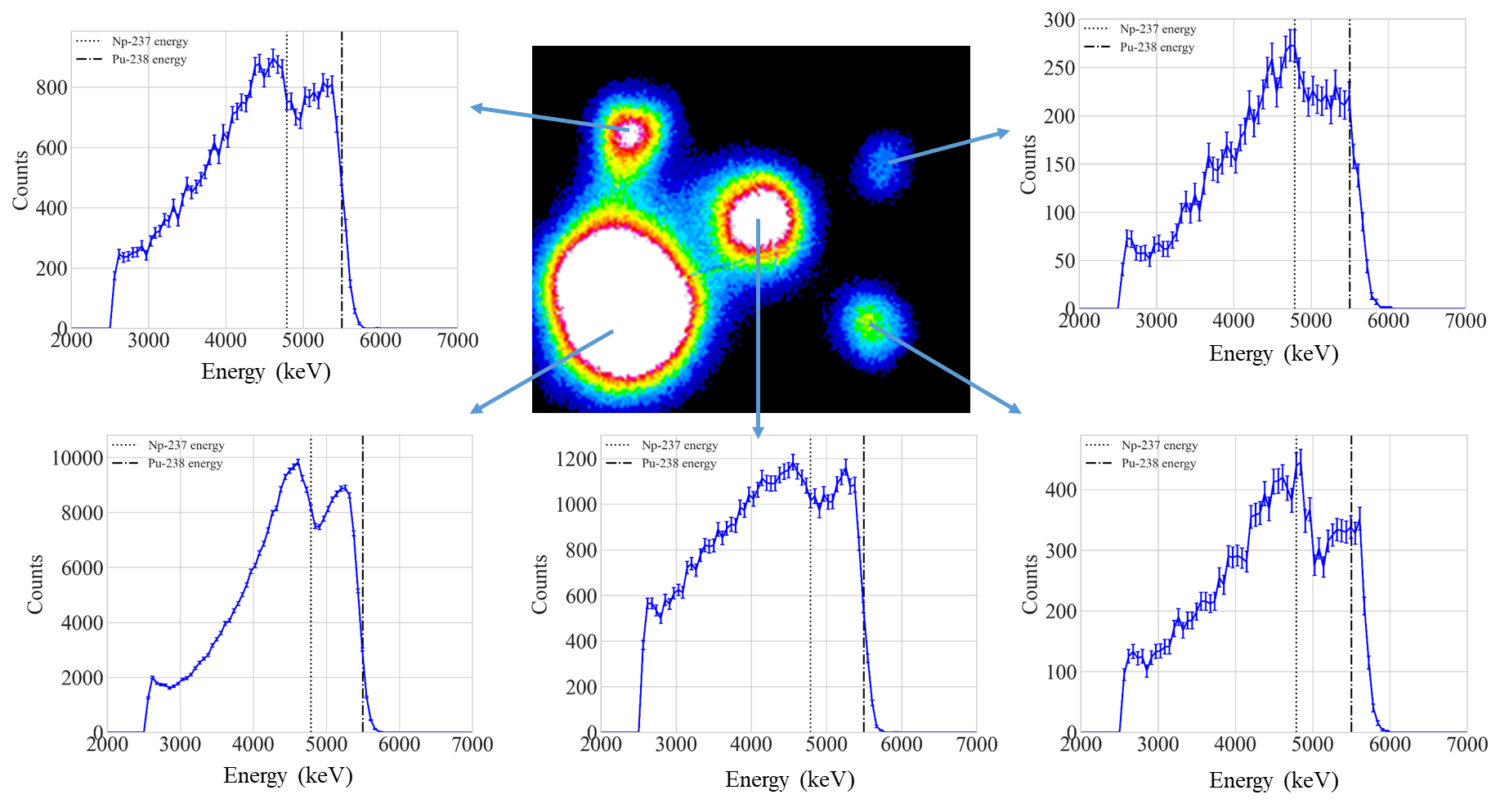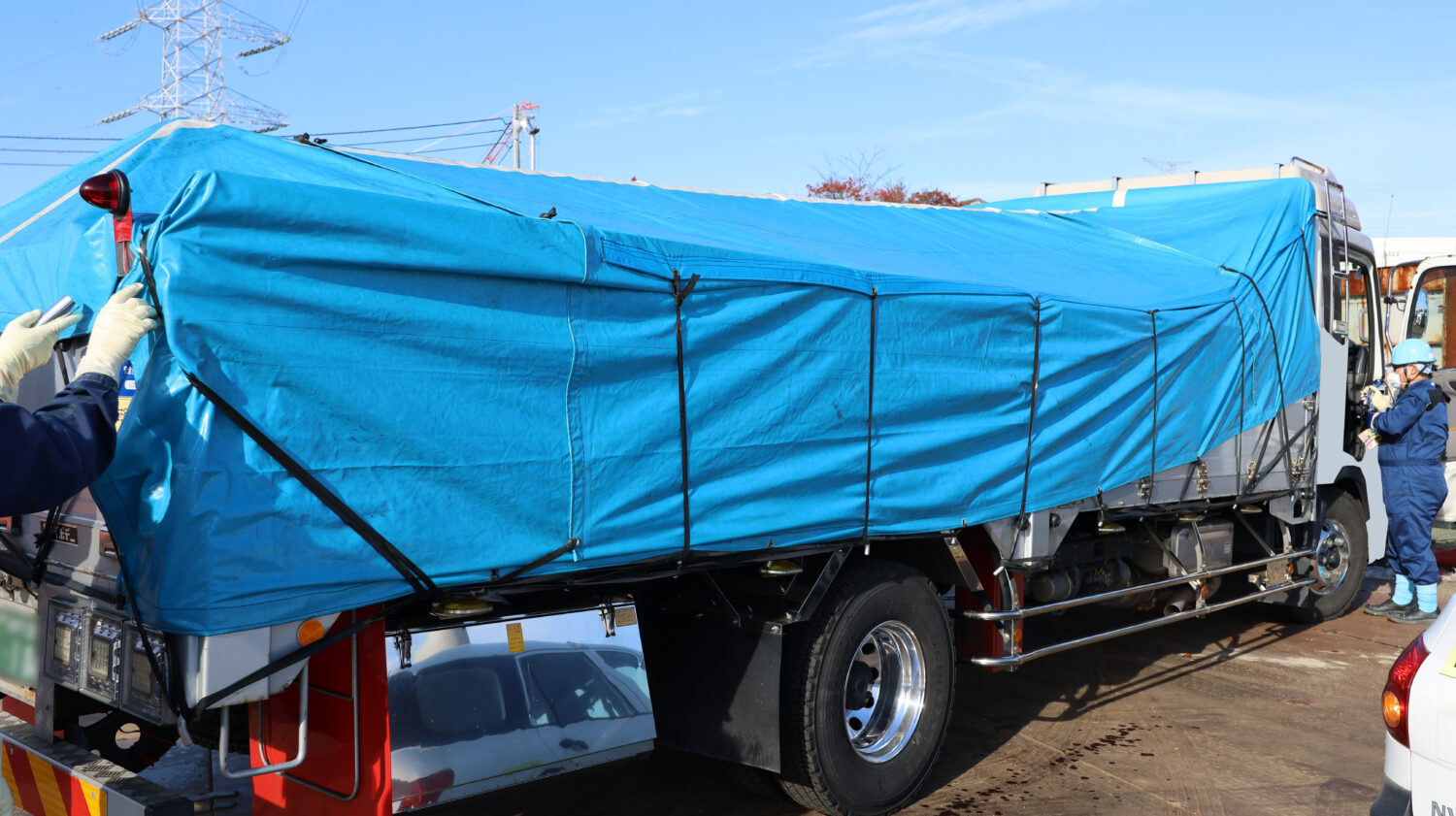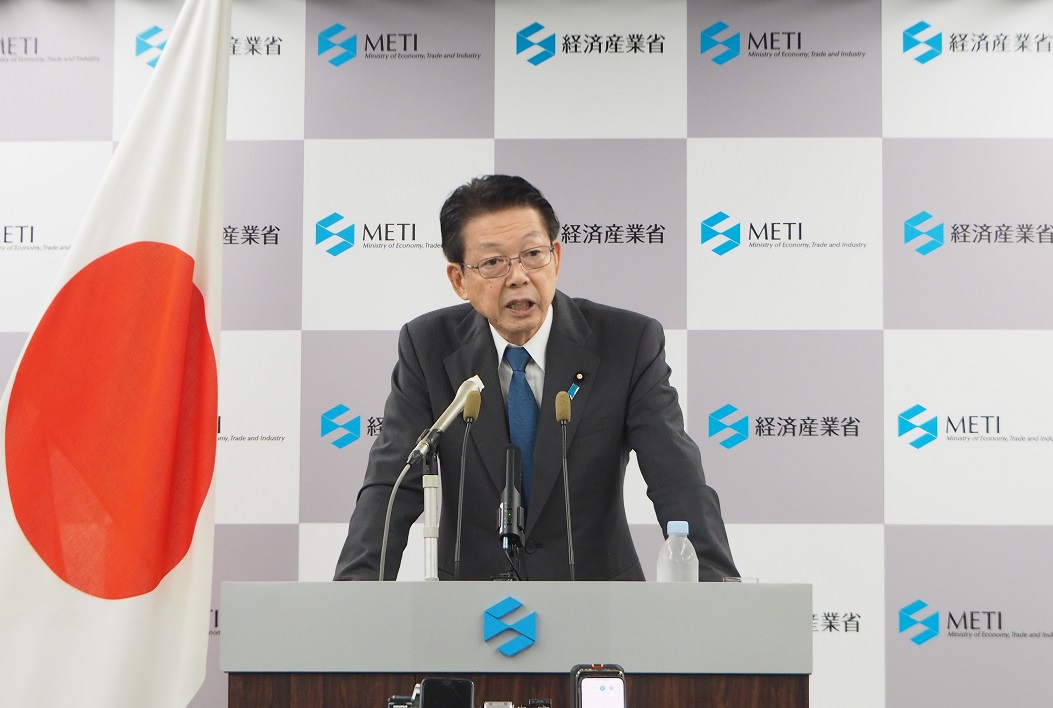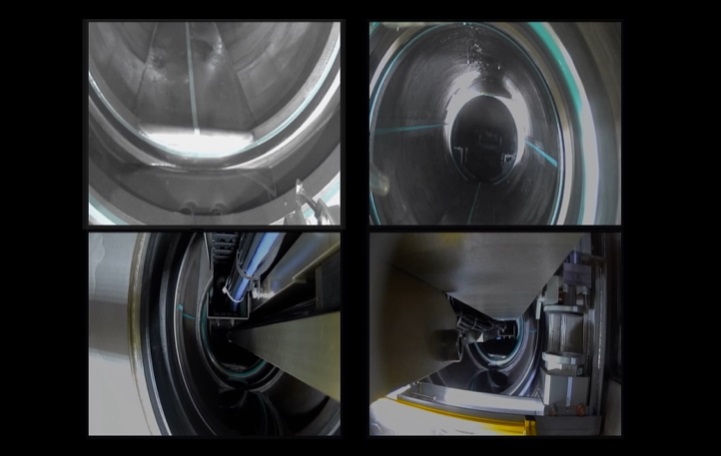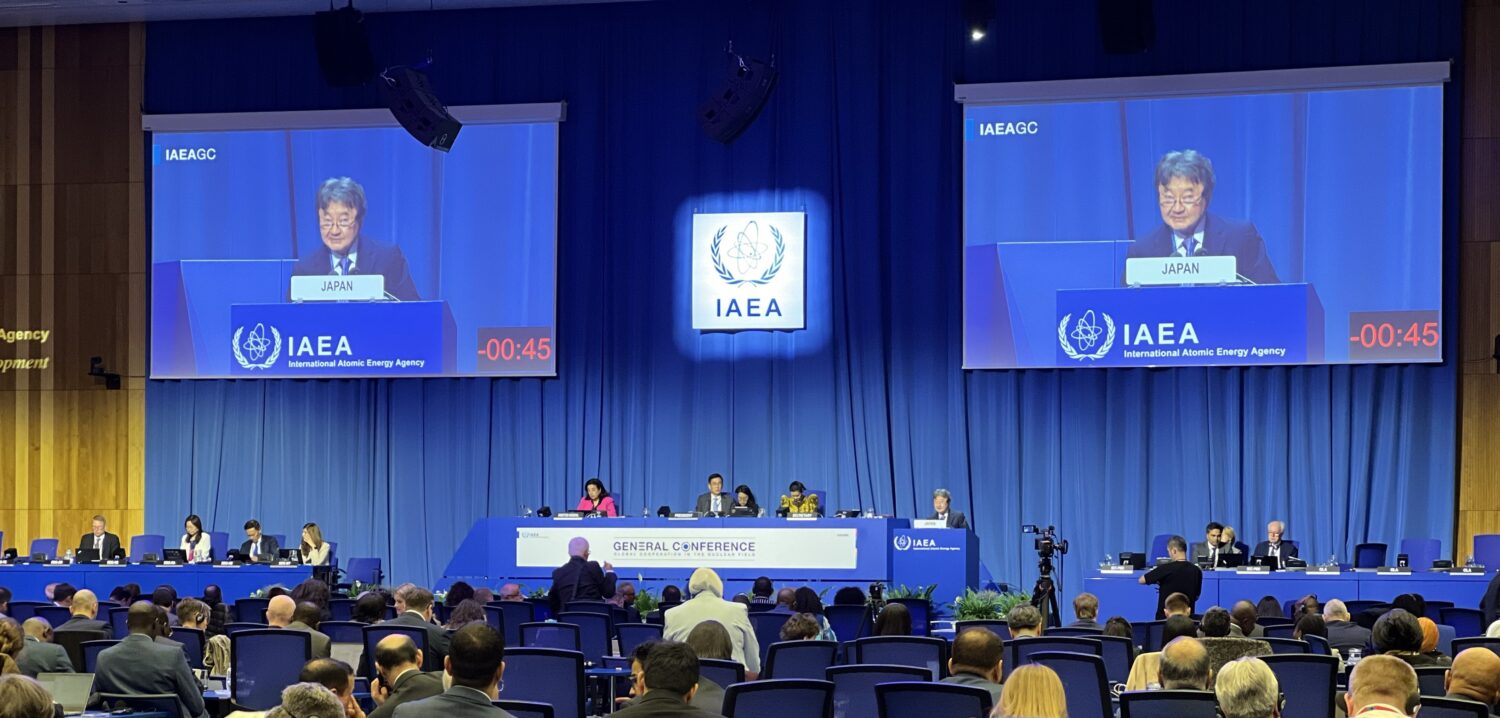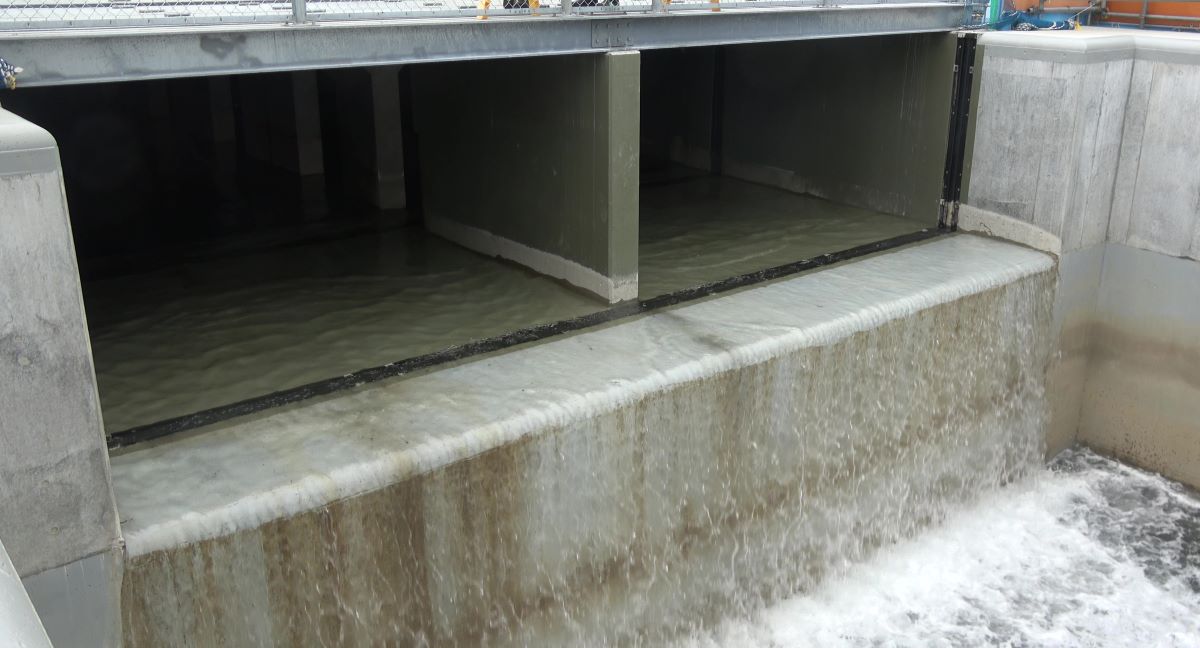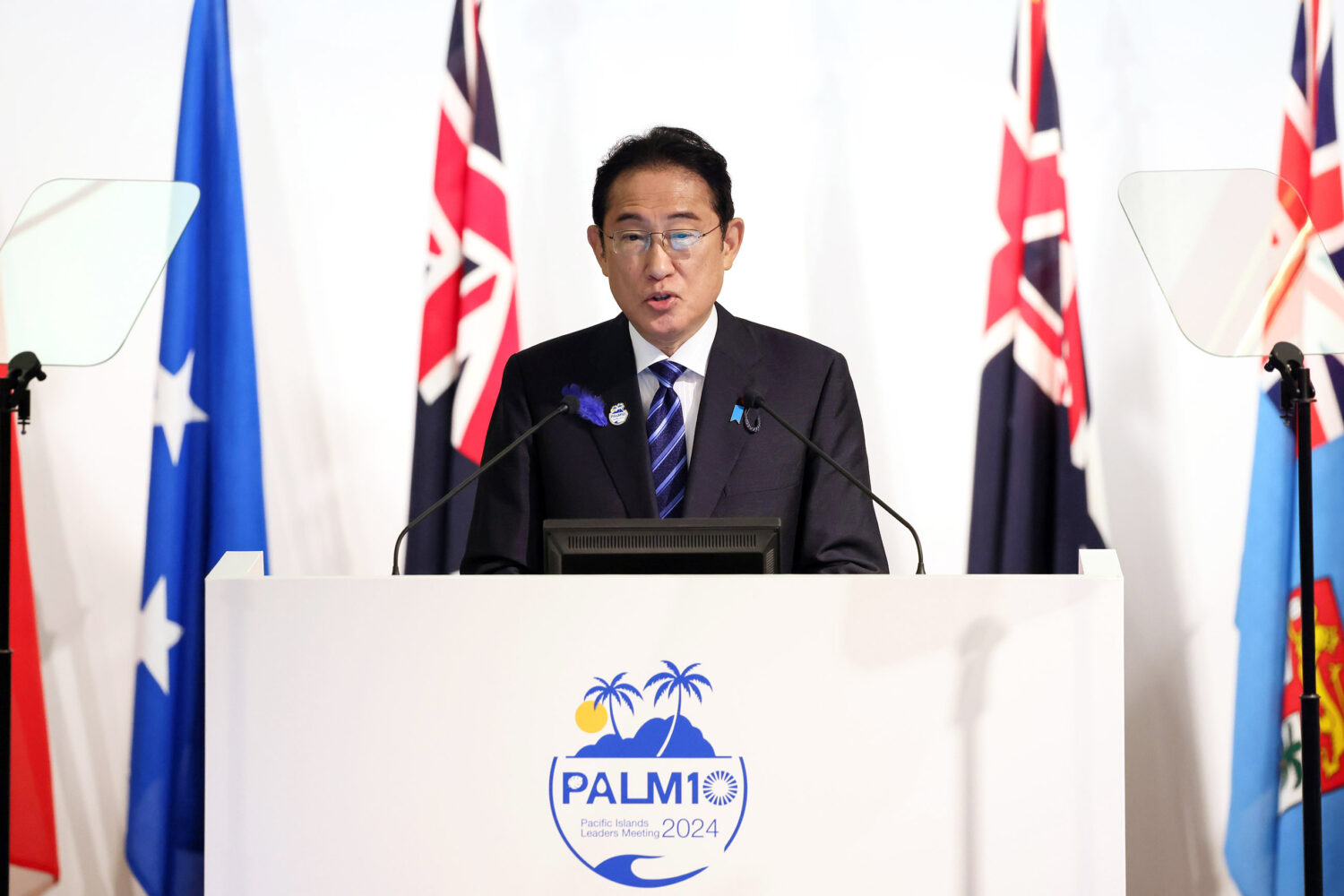Based on that estimate, TEPCO issued a storage management plan over the medium term to long term (around ten years). It will be compared regularly with the actual amounts of waste being generated so as to ensure an adequate storage capacity.
According to the plan, the largest portion of the approximately 400,000 cubic meters of debris expected to be generated since last summer will be some 150,000 cubic meters of debris related to contaminated water measures, including that from the installation and dismantling of tanks. The quantity of debris related to dismantling exhaust stacks will be some 12,000 cubic meters, half of which will represent an exposure dose of over 30mSv/h.
In addition to the above, there are two radioactive miscellaneous solid waste incinerators (treating as much as 7.2 tons daily) that began operation in February, and an additional incinerator (95 tons daily) that will start operation four years from now, in 2020. Together, they are expected to decrease the volume of cut trees and spent protective clothing to 145,000 cubic meters and 54,000 cubic meters, respectively.




